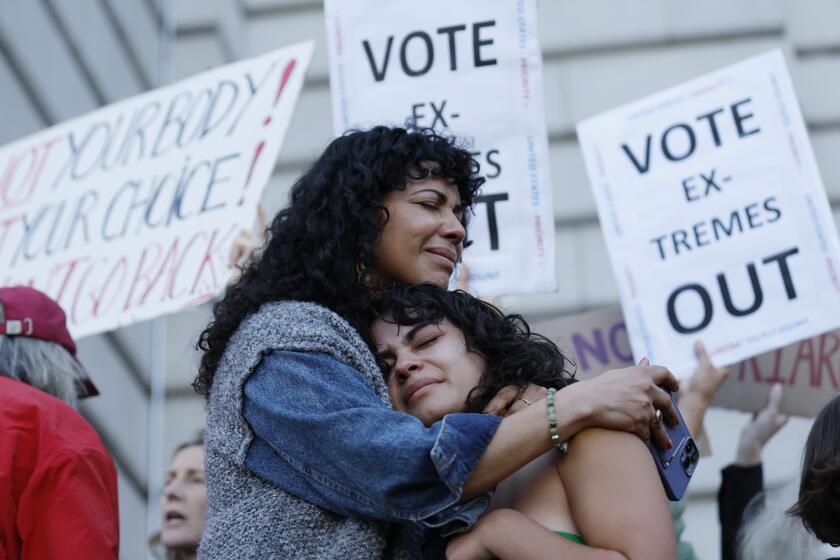The hazy future of California’s bullet train
- Share via
This may be the make-or-break year for California’s beleaguered bullet train, and Gov. Jerry Brown is determined to ensure it makes it.
The governor has budgeted $250 million for the high-speed rail project this year, and he’s proposed an ongoing state financial commitment to keep the first phase — a $31-billion line from Merced to the San Fernando Valley — on track. He wants the money to come from the state’s cap-and-trade program, which generates hundreds of millions of dollars each year by selling credits to businesses allowing them to exceed state limits on greenhouse gas emissions. That has rankled both some environmental groups and fiscal conservatives.
Environmentalists say the primary goal of the cap-and-trade system is to raise money to fund significant reductions in greenhouse gas emissions before 2020 — but that the first electric trains would not be operational until after 2020. Plus, they worry that the high-priced, underfunded project will become a money pit for cap-and-trade dollars at the expense of other projects to cut pollution. Fiscal conservatives, many of whom already oppose the train, don’t want to commit to funding a project that has doubled in price and fallen a decade behind schedule since voters approved it in 2008.
But in fact the train, which would reduce dependence on car and airplane travel across the state, is a perfectly appropriate use of the state’s cap-and-trade proceeds. The program also aims for emissions reductions beyond 2020, and its investment plan released last year specifically cites high-speed rail as a project worthy of funding.
One problem facing Brown’s proposal is that many Californians are unsympathetic to the project, which has had more than its share of problems. In November, a judge ruled that the state had violated Proposition 1A, the requirement that the High-Speed Rail Authority identify how it will fund the first segment of the line before tapping some $9 million in state bonds. The authority has identified only $12 billion of the $31 billion needed for that segment. (The full 500 miles from Los Angeles to San Francisco is priced at $68 billion.) The judge’s decision didn’t block the project, and there are still plans to break ground this year. But it fueled fears that officials have been playing fast and loose with rules meant to protect the public from a risky investment.
This page has steadfastly backed the idea of high-speed rail in California. And we still believe it can deliver extraordinary environmental, economic and transportation benefits. Yet the delays, the rising cost, the judge’s ruling and the waning public support should give pause to even the strongest advocates. Can the rail authority line up a financing plan? Is the project still viable? We hope the answer is yes. But the state shouldn’t spend a dime of cap-and-trade money on it until we know for sure.
More to Read
A cure for the common opinion
Get thought-provoking perspectives with our weekly newsletter.
You may occasionally receive promotional content from the Los Angeles Times.










